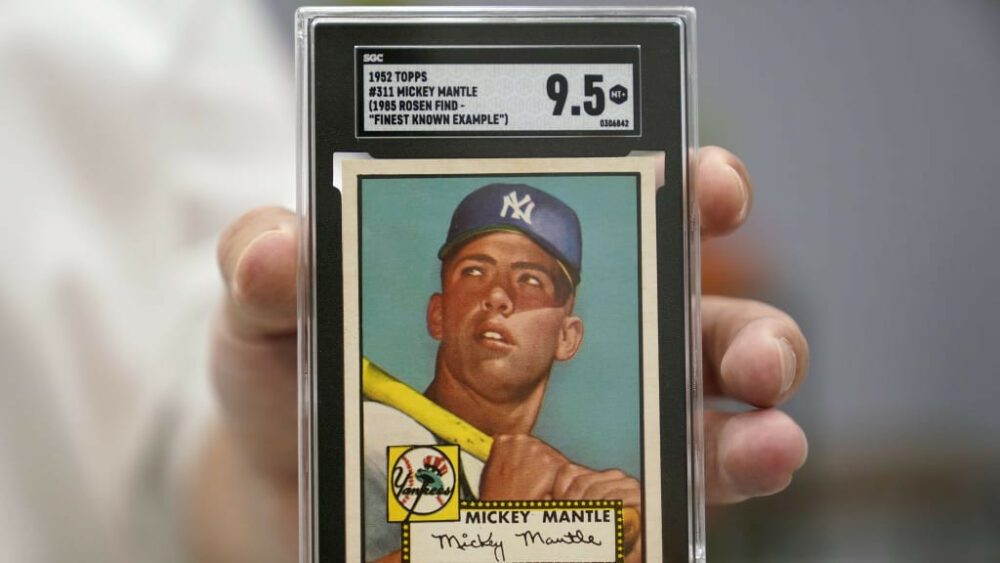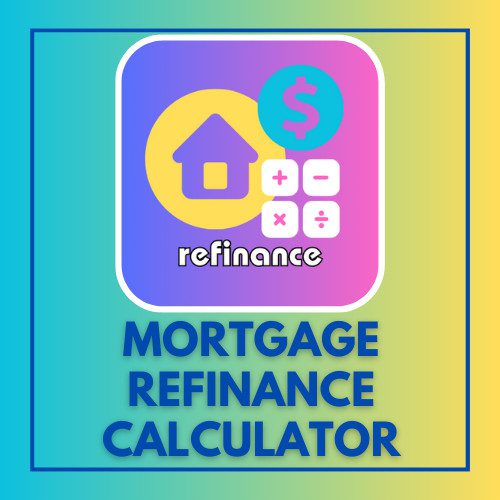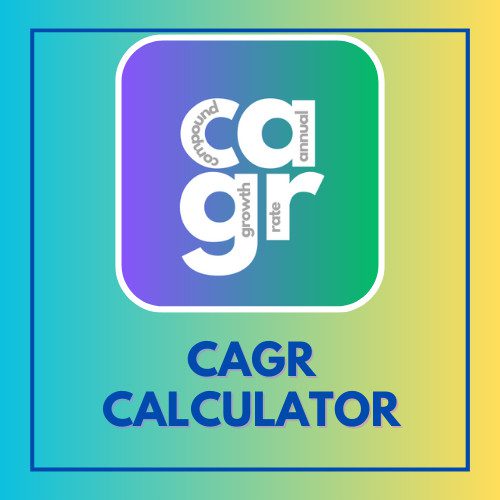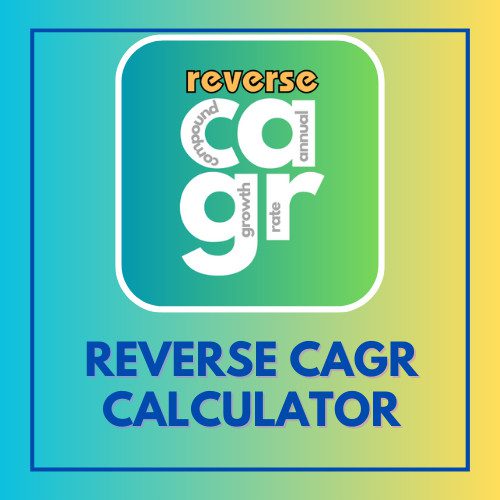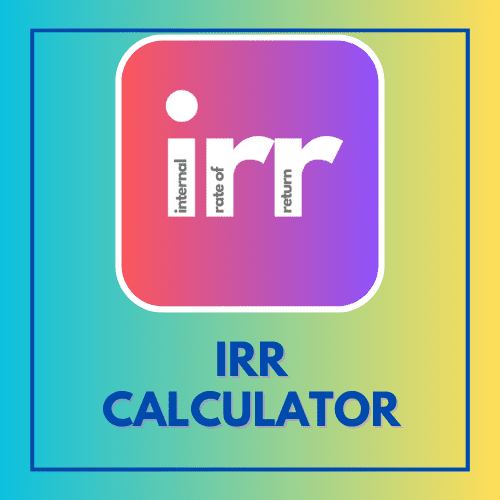This article has been reviewed by Sumeet Sinha, MBA (Emory University Goizueta Business School). Should you have any inquiries, please do not hesitate to contact at sumeet@finlightened.com.
Baseball cards have been a popular collectible for decades, and in recent years, they have become a hot investment. The value of some baseball cards has skyrocketed, making them a potentially lucrative investment.
If you are thinking about how to invest in baseball cards, there are a few things you need to know. First, you need to do your research and understand the market. There are many different factors that can affect the value of a baseball card, such as the player, the card’s condition, and the rarity of the card.
In this blog post, we will discuss the basics of investing in baseball cards.
The Appeal of Investing in Baseball Cards
Baseball cards have been popular for over a century, and there are many reasons for their appeal. Some of the most common reasons include:
Nostalgia
Baseball cards can evoke a sense of nostalgia for childhood, for a simpler time, or for a particular era of baseball. For many people, baseball cards are a reminder of their youth, when they would collect cards with their friends, trade them, and dream of becoming professional baseball players themselves.
Rarity
Some baseball cards are rare, which makes them more valuable and collectible. This is especially true for cards of famous players or cards from a particular era. For example, a 1952 Topps Mickey Mantle card is one of the most valuable baseball cards in the world.
Historical significance
Baseball cards can also be valuable because of their historical significance. For example, a card of Jackie Robinson, the first African American to play in Major League Baseball, is not only rare but also historically significant.
Artwork
Some baseball cards are also valuable because of their artwork. The early baseball cards were often beautifully illustrated, and some of these cards are now considered to be works of art.
Investment potential
Some people collect baseball cards as an investment. They believe that the value of certain cards will increase over time, and they can then sell them for a profit.
Key Factors That Drive a Card’s Value
Player’s legacy
The more popular and successful a player is, the more valuable their cards will be. This is because there is more demand for cards from popular players. For example, the cards of Michael Jordan are much more valuable than the cards of a lesser-known player.
Card condition
The condition of a card is also important. Cards in good condition will be worth more than cards in poor condition. This is because collectors want cards that are in good condition to display or to add to their collections.
Rarity
The rarer a card is, the more valuable it will be. This is because there are fewer cards available, which drives up demand. For example, cards that are only available in limited quantities, such as promotional cards or error cards, are often very valuable.
Demand
The demand for a card is also important. If there are many people who want a particular card, then the value of the card will be higher. This is because the supply of the card is limited, but the demand for it is high.
Eras of Baseball Cards
Vintage
Vintage baseball cards are those that were produced before 1980. They are often considered to be more valuable than modern cards because they are rarer and more collectible. Some of the most popular vintage baseball cards include the 1952 Topps Mickey Mantle, the 1956 Topps Willie Mays, and the 1961 Topps Roberto Clemente.
Modern
Modern baseball cards are those that were produced between 1980 and 2005. They are rarer than vintage cards, but they are still collectible. Some of the most popular modern baseball cards include the 1986 Fleer Michael Jordan, the 1993 Upper Deck Ken Griffey Jr., and the 2000 Topps Derek Jeter.
Bestseller Personal Finance Books
Contemporary
Contemporary baseball cards are those that were produced after 2005. They are the most recent baseball cards, and they are still being produced today. Some of the most popular contemporary baseball cards include the 2011 Topps Bryce Harper, the 2012 Bowman Chrome Mike Trout, and the 2017 Panini Prizm Shohei Ohtani.
Researching and Identifying Promising Baseball Cards
Some investors like to invest in baseball cards of iconic players, others choose to invest in baseball cards of rookie players, based on their preference and risk appetite.
1. Identifying iconic players and their impact on the game’s history is important.
Here are some iconic baseball players
Babe Ruth
Ruth is considered by many to be the greatest baseball player of all time. He was a dominant pitcher and hitter, and he holds many of the major league’s all-time records. He helped to popularize baseball and make it the national pastime.
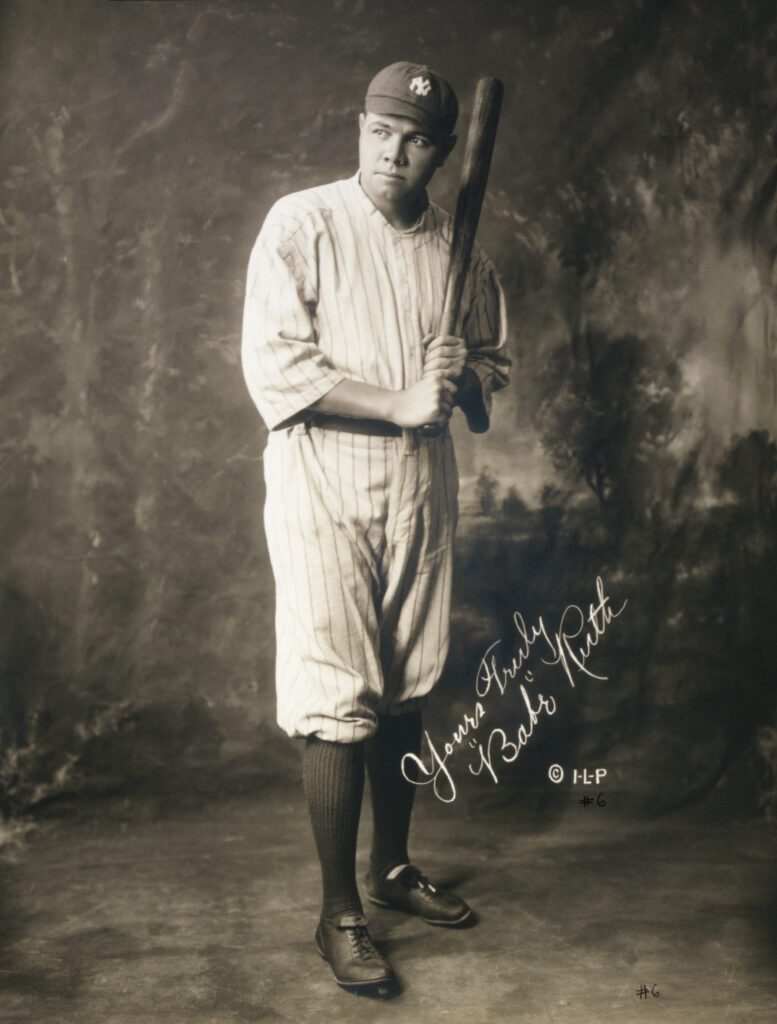
Ty Cobb
Cobb was a feared hitter who led the American League in batting average 12 times. He was also a great baserunner and fielder. Cobb was known for his aggressive style of play, and he was often accused of being dirty.

Walter Johnson
Johnson was a dominant pitcher who won 417 games in his career. He was known for his fastball and his control. Johnson was a major factor in the Washington Senators’ success in the early 20th century.
Christy Mathewson
Mathewson was a pitcher who won 373 games in his career. He was known for his curveball and his ability to pitch to contact. Mathewson was a key member of the New York Giants’ dynasty in the early 20th century.
Jackie Robinson
Robinson was the first African American to play in Major League Baseball. He faced discrimination throughout his career, but he persevered and became a star player. Robinson helped to break down racial barriers in baseball and in American society.
Willie Mays
Mays was a five-tool player who was considered to be the best all-around player of his generation. He was a great hitter, fielder, and baserunner. Mays helped to popularize baseball in the 1950s and 1960s.
Hank Aaron
Aaron broke Babe Ruth’s all-time home run record in 1974. He was a consistent hitter who played for 23 seasons. Aaron was a role model for African Americans and for all baseball players.
Mickey Mantle
Mantle was a feared slugger who won the American League MVP award three times. He was also a great fielder. Mantle was a star player for the New York Yankees in the 1950s and 1960s.
Roberto Clemente
Clemente was a star outfielder who won four batting titles. He was also a great fielder and baserunner. Clemente was known for his humanitarian work, and he died in a plane crash while on a relief mission to Nicaragua.

2. Invest in baseball cards of rookie players!
- They represent a player’s first appearance in the major leagues. This is a significant milestone in a player’s career, and it is a way for collectors to commemorate that moment.
- They are often the first cards of a player that are produced. This makes them rare and collectible, as there are typically fewer of them available than later cards of the same player.
- They can be a good investment. If a player goes on to have a successful career, their rookie card can increase in value over time.
- They can be a source of nostalgia. For many collectors, rookie cards bring back memories of their childhood and the excitement of following their favorite players.
Some of the most valuable rookie cards in baseball include:
1952 Topps Mickey Mantle
This card is considered to be the Holy Grail of baseball cards. It is rare, in excellent condition, and features a young Mickey Mantle, who went on to become one of the greatest baseball players of all time.
1986 Fleer Michael Jordan
This card is also very rare and in excellent condition. It features Michael Jordan’s rookie card, which is one of the most popular sports cards in the world.
1993 Upper Deck Ken Griffey Jr.
This card is rare and features Ken Griffey Jr.’s rookie card, who is considered to be one of the greatest baseball players of his generation.
2003-04 Upper Deck Exquisite Collection LeBron James rookie patch autograph card
This card is rare and features an autograph from LeBron James, who is considered to be one of the greatest basketball players of all time. It also has a patch from James’ game-worn jersey.
Professional Baseball Card Grading and Authentication
Professional card grading and authentication is the process of having a card evaluated by a third-party company to determine its condition and authenticity.
- It provides buyers with confidence in the card’s authenticity. With the rise of counterfeit cards, it is important for buyers to be able to trust that the card they are buying is genuine. A grading company’s seal of authenticity can help to provide this confidence.
- It can increase the value of the card. A card that has been graded and authenticated is typically worth more than a card that has not been graded. This is because the grading process provides buyers with an objective assessment of the card’s condition.
- It can help to protect the card from damage. The grading process involves encapsulating the card in a protective case, which can help to protect it from damage during shipping or handling.
Grading Companies
Each grading company has its own grading scale. The most common grading scale is the PSA grading scale, which goes from 1 to 10, with 10 being the highest grade. The other grading companies have similar grading scales, but the specific criteria for each grade may vary slightly.
When choosing a grading company, it is important to do your research to find one that has a good reputation and that you trust. You should also consider the cost of grading, as the fees can vary from company to company.
PSA
Professional Sports Authenticator (PSA) is the most popular grading company in the world. They have graded over 40 million cards, and their grading standards are considered to be the most stringent.
Beckett Grading Services (BGS)
Beckett Grading Services is the second most popular grading company. They have graded over 20 million cards, and their grading standards are also considered to be very high.
SGC
Sportscard Guaranty (SGC) is a newer grading company, but they have quickly gained a reputation for their high-quality grading services. They have graded over 10 million cards.
Investible Baseball Card Grading Scales
Almost all Grading companies follow similar grading scales to PSA.
Here is a grading scale used by PSA
- 10: Gem Mint: The card is in flawless condition. There are no noticeable flaws or defects.
- 9: Mint: The card is in near-perfect condition. There may be very minor flaws, such as a small scratch or dent.
- 8: Near Mint-Mint: The card is in excellent condition. There may be a few minor flaws, but they are not noticeable without close inspection.
- 7: Near Mint: The card is in good condition. There may be a few more flaws than an NM-MT card, but they are still not very noticeable.
- 6: Excellent: The card is in fair condition. There are some flaws, but the card is still in good shape.
- 5: Very Good: The card is in good condition, but there are some noticeable flaws.
- 4: Good: The card is in fair condition, but there are some major flaws.
- 3: Fair: The card is in poor condition, and there are many flaws.
- 2: Poor: The card is in very poor condition, and it is not in collectible condition.
- 1: Damaged: The card is in unplayable condition.
Importance of proper storage to maintain card condition and value. Types of protective supplies: top-loaders, sleeves, storage boxes. Displaying and storing cards to prevent damage and deterioration. Timing Your Investments
How To Sell To Profit From Baseball Card Investment
In order to profit from investing in baseball cards, it is important to know when to sell and where to sell them.
When to sell?
Market conditions
The value of sports cards can fluctuate depending on the overall market conditions. If the market is hot and prices are rising, then it may be a good time to sell. However, if the market is cold and prices are falling, then it may be better to wait.
Player performance
The value of a card can also be affected by the performance of the player it is of. If a player is having a good season and is in the news, then the value of their cards may increase. However, if a player is injured or is not performing well, then the value of their cards may decrease.
Baseball Cards Selling Platforms
Online auctions
Online auctions are a popular way to sell sports cards. There are a number of different online auction sites, such as eBay and Goldin Auctions.
Consignment services
Consignment services allow you to sell your cards without having to deal with the hassle of listing them yourself. The consignment service will take a commission on the sale, but they will handle all of the marketing and selling for you.
Card shows
Card shows are a great way to sell your cards in person. You can set up a booth at the show and sell your cards directly to collectors.
Maximize returns
Present your cards effectively
Make sure that your cards are clean and well-protected. You should also use high-quality photos when listing your cards online.
Use effective marketing strategies
When listing your cards online, make sure to use effective keywords and descriptions. You should also promote your listings on social media and other online forums.
Be patient
It may take some time to sell your cards, especially if you are selling high-value cards. Be patient and don’t be afraid to negotiate with potential buyers.
Risks Associated with Investing In Baseball Cards
Market fluctuations
The value of sports cards can fluctuate depending on a number of factors, such as the overall economy, the popularity of the sport, and the performance of individual players. This means that there is always the risk of losing money if you invest in cards.
To avoid this risk, it is important to do your research and invest in cards that you believe have the potential to increase in value over time. You should also be prepared to hold onto your cards for the long term, as it may take some time for them to appreciate in value.
Player performance changes
The value of a card can also be affected by the performance of the player it is off. If a player gets injured or starts to perform poorly, the value of their cards may decrease.
To avoid this risk, it is important to invest in cards of players who are consistently performing well. You should also avoid investing in cards of players who are at risk of getting injured or who are nearing the end of their careers.
Impulse buying
It is important to avoid impulse buying when investing in sports cards. This means not buying cards just because you like the look of them or because you think they will be worth a lot of money in the future.
Instead, you should only buy cards that you believe have the potential to increase in value over time. You should also do your research and make sure that you are getting a good deal.
Lack of research
Another common pitfall to avoid is not doing your research. This means not understanding the factors that can affect the value of sports cards and not knowing what to look for when buying cards.
To avoid this risk, you should do your research and learn as much as you can about sports cards and the market. You should also talk to other collectors and investors to get their advice.
Neglecting card care
It is important to take good care of your sports cards if you want them to retain their value. This means storing them in a safe place, away from sunlight and moisture.
Care and Maintenance of Baseball Cards
- Handle cards with care. Always hold the cards by their edges to avoid transferring oils from your fingers onto the surface. This will help prevent smudges and fingerprints.
- Remove loose dirt and debris. Gently brush off any loose dirt or debris using a soft-bristled brush. Be careful not to apply too much pressure as it may damage the card.
- Clean the cards with a mild soap and water solution. Mix a few drops of mild soap with distilled water in a spray bottle. Spray the solution onto a soft, clean cloth and gently wipe the surface of the card. Do not soak the card in water.
- Dry the cards thoroughly. Use a clean, dry microfiber cloth to gently pat the cards dry. Avoid using heat or direct sunlight to dry the cards, as this can damage them.
- Store the cards in protective sleeves and binders. This will help to prevent them from getting damaged by scratches, dents, and other environmental factors.
- Avoid exposing the cards to direct sunlight, heat, or moisture. These conditions can cause the cards to fade, warp, or deteriorate.
- Keep the cards in a cool, dry place. This will help to preserve their condition over time.


Read more
Popular Topics: Stocks, ETFs, Mutual Funds, Bitcoins, Alternative Investing, Dividends, Stock Options, Credit Cards
Posts by Category: Cash Flow | Credit Cards | Debt Management | General | Invest | Mini Blogs | Insurance & Risk Mgmt | Stock Market Today | Stock Options Trading | Technology
Useful Tools
Student Loan Payoff Calculator | Mortgage Payoff Calculator | CAGR Calculator | Reverse CAGR Calculator | NPV Calculator | IRR Calculator | SIP Calculator | Future Value of Annuity Calculator
Home | Blog
Our Financial Calculator Apps
Page Contents




